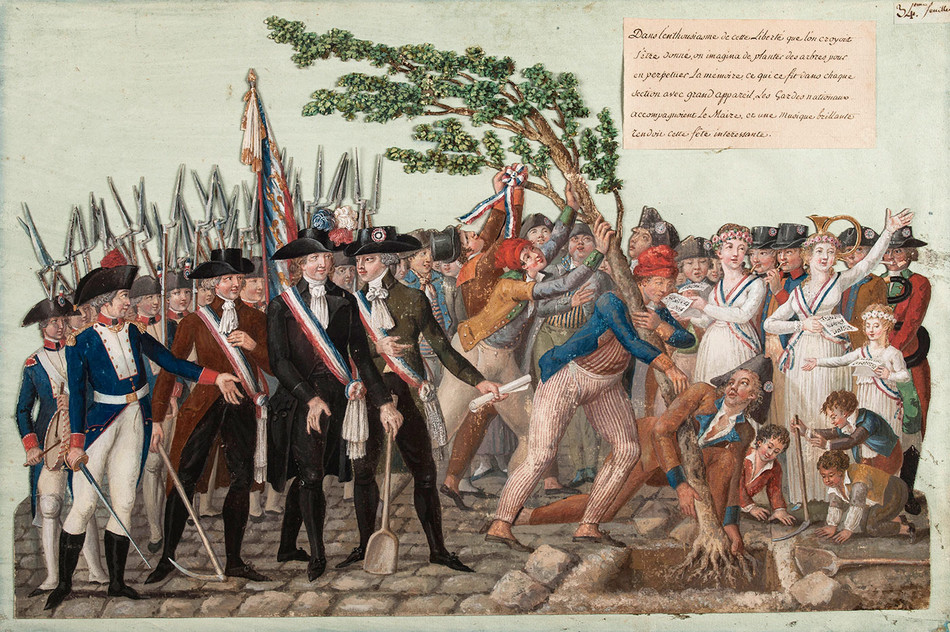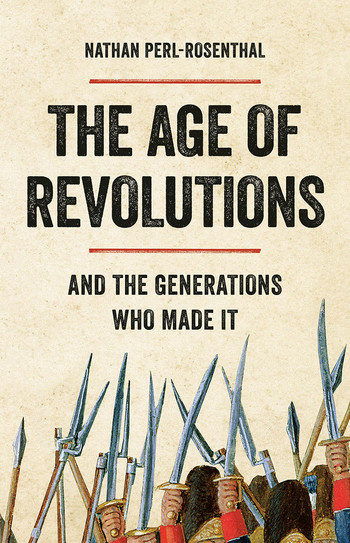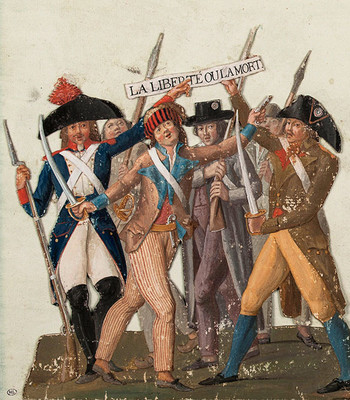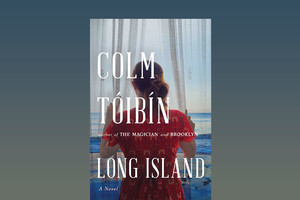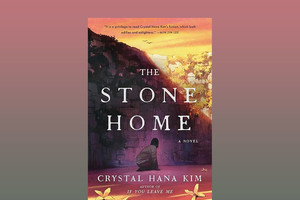In The Age of Revolutions and the Generations Who Made It, Nathan Perl-Rosenthal ’11GSAS, professor of history at the University of Southern California, has written the first narrative history of the period of 1760–1820, in which two generations of revolutionists transformed the political systems of North America, Europe, the Caribbean, and Spanish America.
The word revolution gets tossed around a lot. How do you define it?
It’s an important question, and a lot of scholarship has been spent trying to define exactly what revolution is (the Columbia sociologist Charles Tilly was a leading figure in this). The classic criteria would be: a political transformation which fundamentally changes the political and social order.
But that’s not how people in the 18th century talked about it. They talked about everything as revolutions — revolutions in feelings, revolutions in the body. What we would call a palace coup, they would call a revolution. On the other hand, many people in the late 18th and early 19th century refused to refer to the Haitian Revolution [1791–1804], which is really important, as a revolution. So should we defer to the contemporary usage? Or do we just accept that whatever definition we come up with will allow us to exclude X and not Y? A good example of this comes in the twentieth century, when the French Marxist historian Albert Mathiez basically says that the French Revolution is the only “genuine” social revolution, since power was transferred from one class to another. In doing that, he throws the American Revolution out the window: to him, it’s a mere regime change at best.
But I’m not interested in a revolutionary pissing contest. My approach is very broad: we can think about any moment of rapid political change as revolution, while still keeping the perspective that there are big revolutions and little ones, each with their own particular way of transforming things.
Why did the revolutionary era — 1760 to 1820 — emerge when it did?
The era begins during the Age of Enlightenment, when thinkers are advancing ideas about equality. That’s a powerful motor of all these movements. But what’s really pushing these revolutions is not new ideas so much as increasing inequality. This is a product of enormous economic growth, which enriches some people at the expense of others, and of course the main expression of this is the massive expansion of slavery in the 18th century.
The first generation of revolutionists are also reacting to an incredibly rigid hierarchical world where social mobility is very difficult: people knew that if you’re born into slavery, you will remain in slavery. If you’re born a farmer, you’re going to die a farmer. If you’re born in a chateau, you’ll die in a chateau. And there’s a great dissatisfaction with that world.
What are the differences between the two revolutionary generations?
I start the book with John Adams, who was born in 1737 and grew up in small-town rural Massachusetts, the son of a farmer. He becomes a country lawyer, and though he’s extraordinarily talented, he can’t get entry into the higher echelons. Then the Revolution catapults him into this new world.
The question is, what happens when these first-generation revolutionaries, who are conditioned by this hierarchical world, try to build mass movements? And the answer is, it doesn’t work very well. It’s very hard for them to build connections across lines of class and racial difference. What you see in the American Revolution and in the revolutions in South America and in Europe during the 1780s and early 1790s are failed efforts to build alliances.
The second generation becomes active around 1800. This is the generation born after 1760 — people like John Quincy Adams, John Adams’s son. He’s born in 1767, so basically his whole life is in the revolutionary era. Napoleon is born in 1769, which makes him twenty when the French Revolution breaks out. The second generation, which grows up in the chaos of the first revolutionary wave, is conditioned to believe that your destiny is not defined by your station at birth: if you are born into poverty, you might rise up to power. They’ve seen it happen. And so this generation is much better able to build political movements across the lines of class.
But in building mass movements, they often shut the door on others, whether it’s women, native peoples, or the formerly enslaved. I don’t think this is ideological — it’s more a way to create political coalitions that are powerful enough to accomplish their goals.
You examine the roles of women and enslaved and formerly enslaved people in these revolutions. Why are these groups more prominent in some places than in others?
It comes back to the specificity of the different revolutionary contexts. In Spanish America in the eighteenth century, women had considerably more economic and political power than they did in Commonwealth countries. There was a kind of native sovereignty embedded inside these Spanish kingdoms. And women held hereditary positions of political authority within these native communities. One of the lives that I trace in the book is Madre Maria de la Concepción Rivadeneyra, a nun who belongs to a prominent family from Cuzco, a city in the high Andes and the traditional Inca capital of Peru. She’s this incredibly prominent figure in the community, and when political trouble erupts, she’s there at the center of the story, in a way that would not have happened in Boston.
The story of enslaved people has been brought to the forefront in recent revolutionary histories. One thing we’re beginning to understand about the Haitian Revolution is that while it’s a liberatory struggle, it’s also a struggle among formerly enslaved people for power. After independence in 1804, Haiti went through a series of governments, including two years as an empire, and then nine years as a kingdom. These are very hierarchical forms of government with an elite group of formerly enslaved people who are ruling over other formerly enslaved people. Revolution is complex, political organizing is difficult, and even more so for people who are coming out of slavery. So it’s not surprising that the results are not always liberatory.
You tell this story through a diverse cast of characters — men and women, white, Black, and Indigenous. How did you choose your protagonists?
First, I wanted people who were not major political figures, people who weren’t obvious to start with. I also wanted people who were from different parts of the revolutionary world, so that I could tell a story of the age of revolution that takes seriously the differences and distinctions of these disparate movements. But to write about anyone at length, of course, I needed to have archival material, and that narrowed my choices.
You’ve called your book an anti-exceptionalist history of the age of revolutions. What do you mean by that?
Exceptionalism is the idea that there’s something special about some particular history that’s unique or a deviation from the norm. There’s a classic debate: is the US or revolutionary France the cradle of modern democracy? And my answer is: wrong and wrong. It’s Spanish America, because what you find in 1812, 1813, is that the first elections in Spanish America are open to a wider range of people — including Indigenous people, Black men and even women in some places — than elections anywhere else in the revolutionary world.
So I don’t assume that anyone has a monopoly on any particular phenomenon. If you don’t insist on the exceptionalism of any one, you’re able to better appreciate the ways in which these movements contribute in different ways, for good and for bad.
The politics of exclusion as practiced by the second generation of revolutionists seems alive and well. Can we draw a straight line from then to now?
We live in the world created by the late 18th century revolutions. If you’re trying to organize a mass movement, you’re building coalitions and trying to get the majority on your side. And this is often achieved by creating new lines of exclusion. In doing this work and seeing how hard it is to organize mass politics in a truly inclusive way, I wonder: how do you organize mass politics that doesn't end up building itself on some kind of exclusion? I wish I had a solution to that problem.
